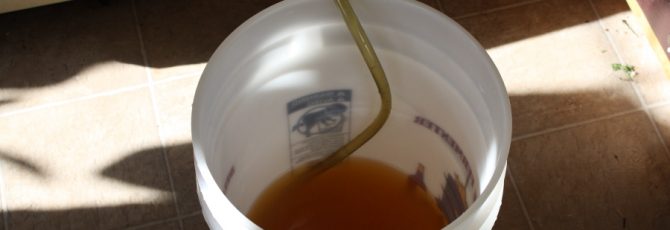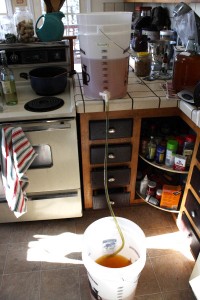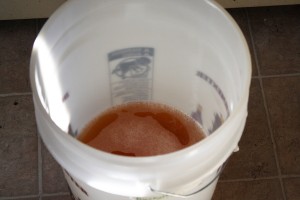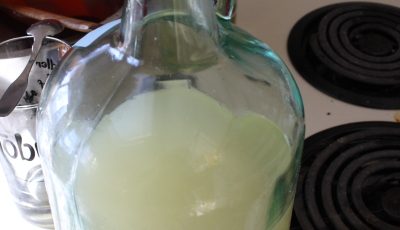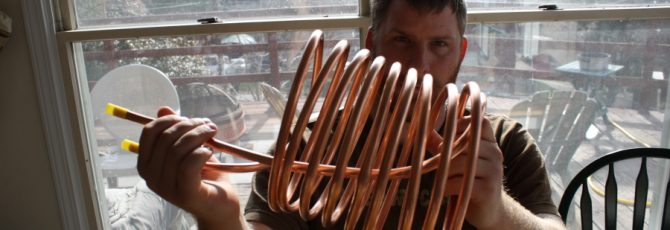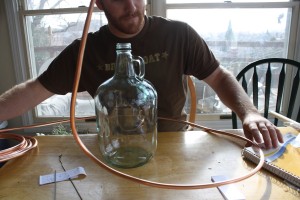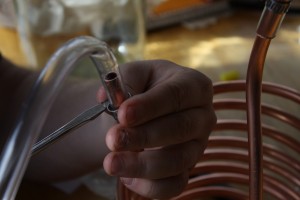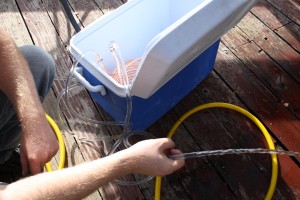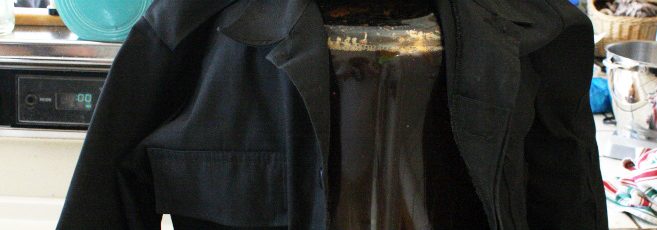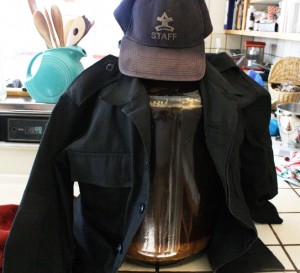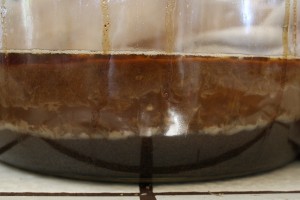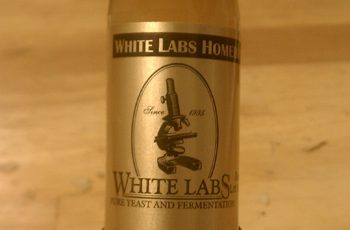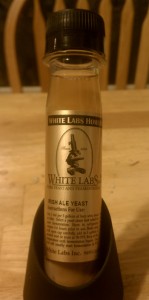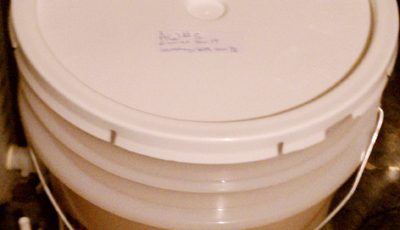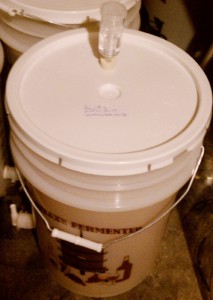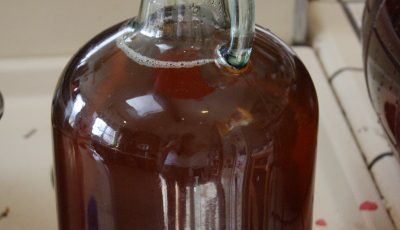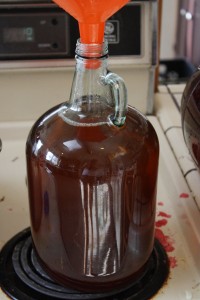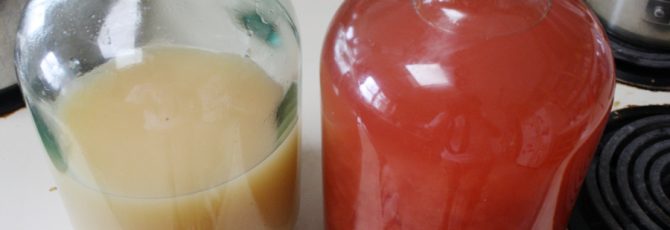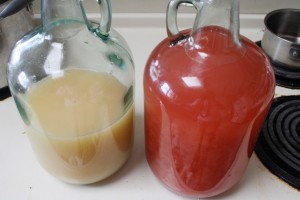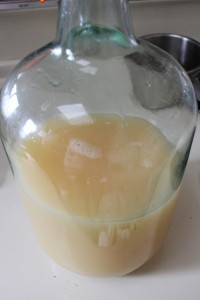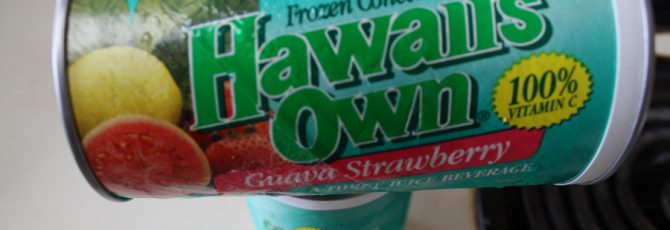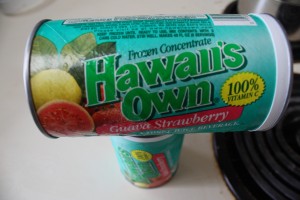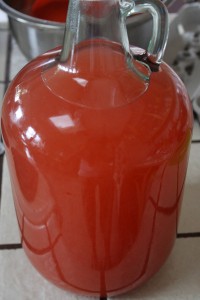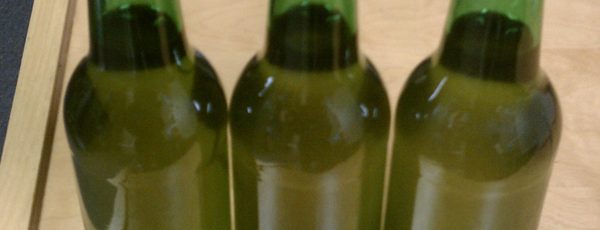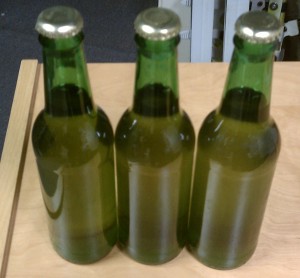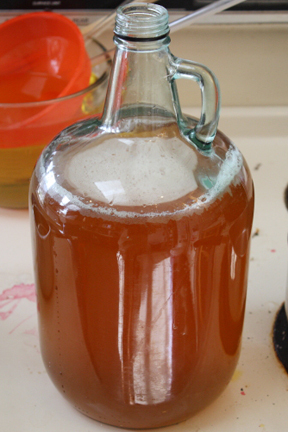This article was originally posted on Dec. 21, 2011 on my homebrew website, Fat Grey Tom’s Cider. It has been re-posted here with the same time stamp.
Today, Dec. 21, marked a great day. A day on which Bryce and I sampled the fruits of our and many a chemist’s labors. They were sweet, they were sour and smelled like ham.
I had limeade in the refrigerator. We calculated out the amount of sugar we needed to add to get it up to snuff with a normal 1/2 gallon cider’s sugar. We boiled the sugar, added it and put in Lalvin EC-1118 yeast at the same time we started a new batch of Apfelwein, both a normal and an experiment.
Right before, because we had boiled the sugar, water and limeade together, we used the wort chiller for the first time. And I can attest, it works brilliantly. I can also attest, our local Homebrew Store was selling an inferior wort chiller (fewer coils at a lesser gauge) for nearly $75.
Woah. Not cool.
Now, we wait a month to see how the limeade fairs.
Hurrah!
We put all the info into our experimental sheet printout. If you’d like a (blank) copy for yourself, here it is: Experiment Sheet
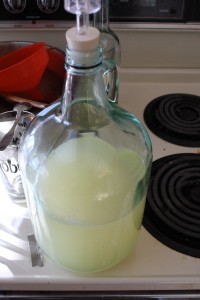
The Limeade wine, after having its yeast pitched.
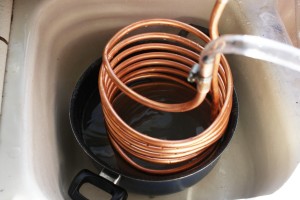
The wort chiller in the limeade pot.
Flickr gallery of the day’s winemaking: http://www.flickr.com/photos/wcowperthwaite/sets/72157628526106323/with/6554714965/
